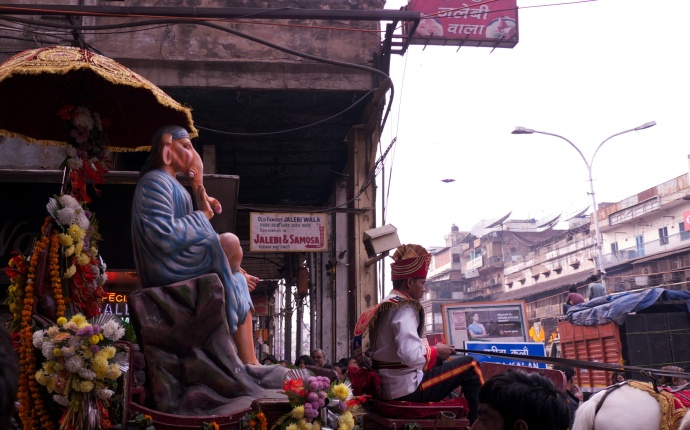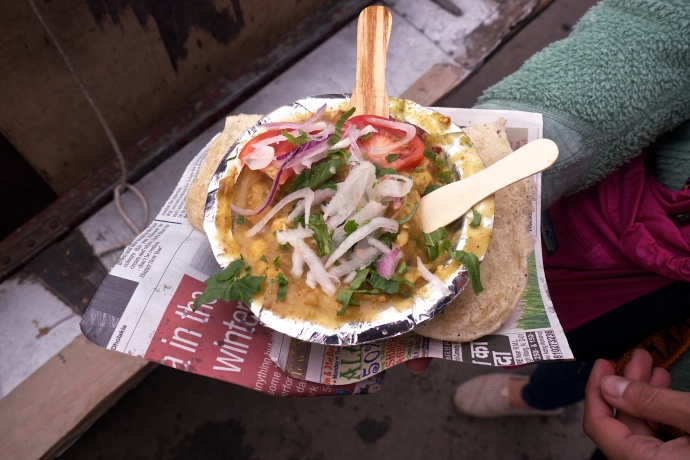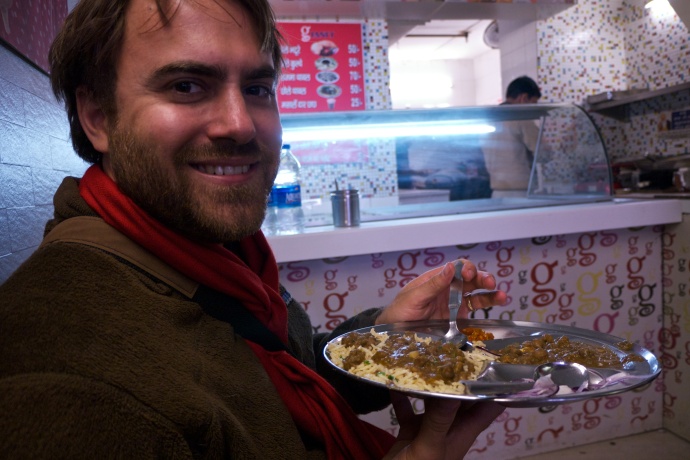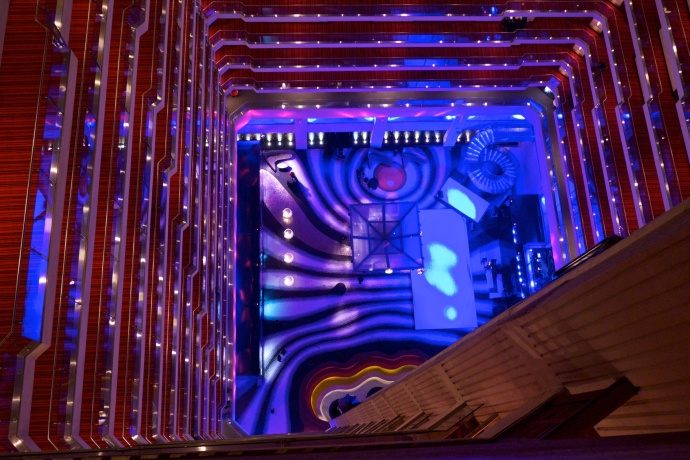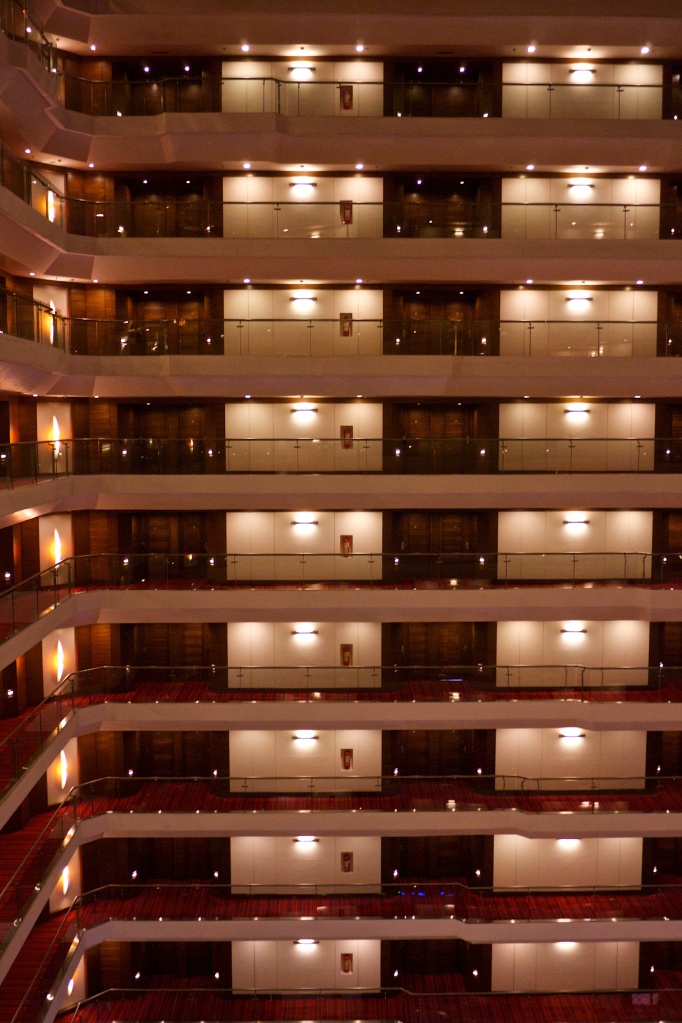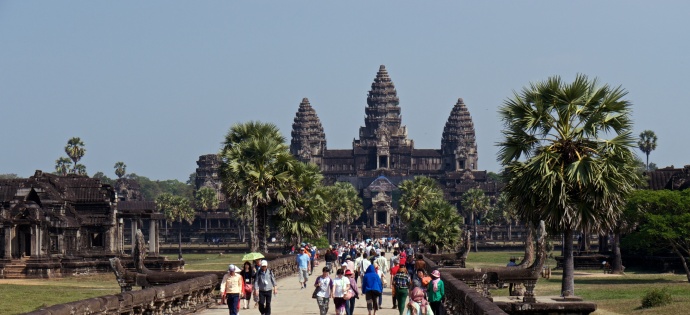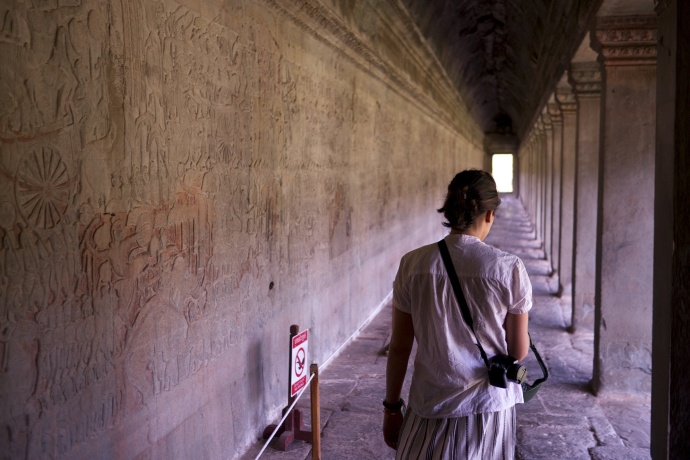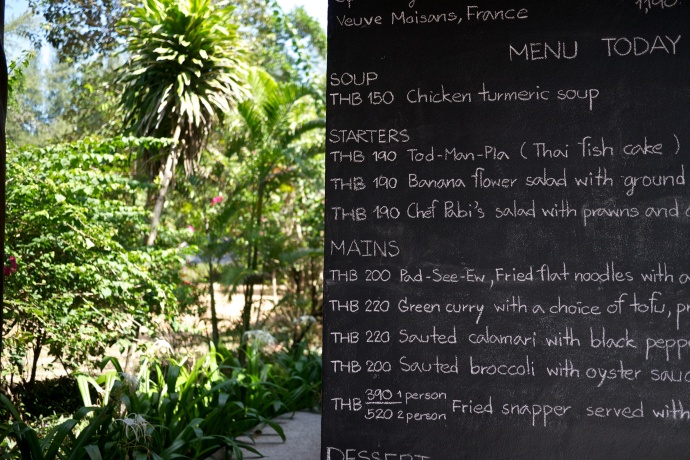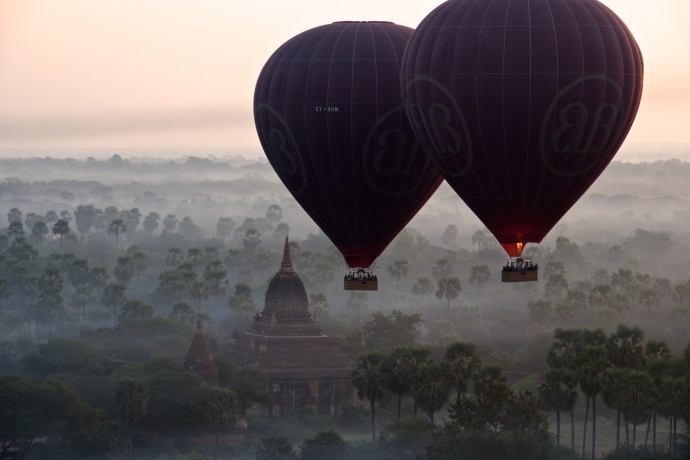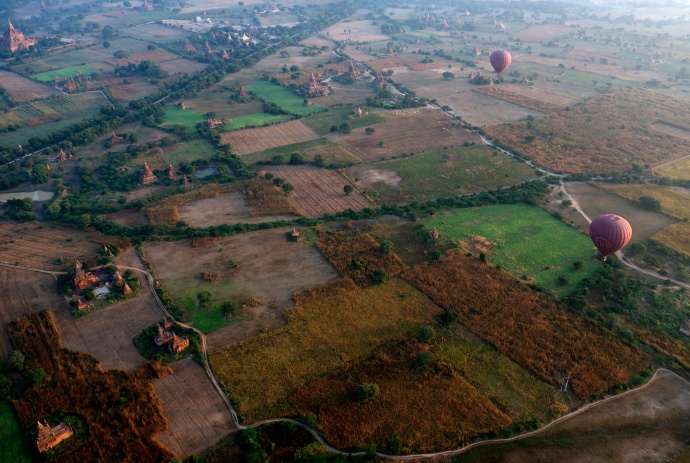Peter, our trusty driver, frowns. We tell him we want to go to Old Delhi, to see Jama Masjid, one of the oldest and biggest mosques in India, and to wander around Chandi Chowk, a bazaar considered to be the heart and soul of the old city. Jama Masjid, he tells us matter-of-factly, is not safe. Nor is Chandi Chowk. There. Are. Pickpockets. Madam! he implores. But we are here to see these sites, we explain to him, we want to see a bit of the color, the chaos we have heard is the ‘real’ India. Ok I will take you to Jama Masjid, he relents. But I do not think it wise to go to Chandi Chowk. I look him hard in the eye. We are going to see Chandi Chowk, I tell him firmly. He gives me a look halfway between worry and consternation. But with little choice, he pulls over to where the main road ends and the windy muddy rickshaw-choked road begins. He can’t drive the car in any farther, but he flags down a rickshaw driver and a lengthy discussion in Hindi between the two ensues, mostly with heated tones coming from Peters’s end. I have no idea what he is telling the rickshaw driver, but I can guess. I believe he scares the living daylights out of the rickshaw driver, who is unusually attentive to our safety and watches us like a hawk as we climb out of the rickshaw and make our way to the mosque. I will wait RIGHT here, he tells us, and wait he does as we climb to the top of the mosque’s minaret for a view of the dusty noisy city below. We come back down and he begins pedaling slowly towards the bazaar. But we only get about one block when we are stopped by a street parade, complete with white horses, and marching band and fireworks. Our driver tells us we must wait about 15-20 minutes for the parade to pass. We sit in the rickshaw watching for a while, then get antsy and tell our rickshaw driver that we will walk from here, and meet him back at the Red Fort. On the rickshaw, without the protection of our air-conditioned car, we are exposed to the elements—dust, honking horns, exhaust, shouting, colors, smells—but we not responsible for our forward movement. Now walking, we are fully immersed, and cognizant of the constant need to negotiate between people, rickshaws, and motorbikes so as not to get squashed, literally. It is overwhelming, but I find it liberating as well, walking through the bazaar, taking it all in, stopping where we fancy.
We nearly bump into two busy food carts, and take the opportunity to try out some street food, which Peter has warned us against. I order a bowl of chaat—fried bread topped with potato, chickpea, yogurt and tamarind sauce—that is crispy, creamy and tart all at once. Drew gets a bowl of dal (lentils) topped with slivered red onions and served with puffy bread cooked on the tawa (griddle), which is equally delicious. We wander our way through stores selling everything from phone chargers to saris, and hear them call out to us. There are lots of little restaurant and food stands and my eyes nearly bug out from trying to decipher what the different dishes contain. There are sweets, breads of all sorts, and more tasty food carts selling dal out of big brass urns. We stop in at a fast-food café of sorts, order a kidney bean curry with puri bread this time, which comes on our plates puffed up like a big balloon, hot air in the middle. Everyone is rushing to and fro, and we seem to be the only tourists in sight. We make our way back to the red fort where our rickshaw driver is patiently waiting, waving frantically as soon as he catches glimpse of us. He pedals us back to Peter, who is waiting with the car in a car park. Peter looks relieved we are safely back, still possibly put out from our desire to explore the less manicured parts of Delhi, to eat things we are not supposed to, to risk a few moments of discomfort in the name of discovery. He waits patiently while Drew and I share a cup of piping hot spiced tea, masala chai, given to us in a little paper cup by another street vendor standing behind a large silver cauldron. Back in the car, I can almost feel him breath a sigh of relief as he shuttles us back to our swanky hotel, far from the madding crowds of Old Delhi.
